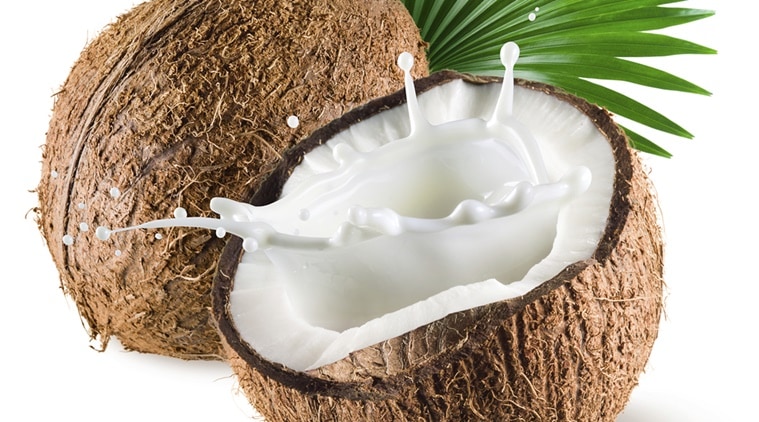Whether consumed as seeds, powder, tea, or capsules, fenugreek delivers a long list of wellness benefits for digestion, blood sugar, hormones, and more. If you’re looking for a natural, affordable, and effective way to support your body, fenugreek is a great place to start.
---
✨ What Makes Fenugreek So Powerful?
Fenugreek seeds are rich in:
Fiber
Antioxidants
Vitamins A, B, C
Minerals such as iron, magnesium, and zinc
Anti-inflammatory compounds
Mucilage (a gel-like substance that soothes and protects tissues)
These nutrients work together to support different systems of your body—making fenugreek one of the most versatile herbs in natural medicine.
---
🌾 Top Health Benefits of Fenugreek
✔ 1. Helps Control Blood Sugar Levels
Fenugreek is one of the most recommended herbs for managing blood sugar. Its soluble fiber slows down carbohydrate absorption and improves insulin sensitivity, making it helpful for people with diabetes, prediabetes, and insulin resistance.
✔ 2. Boosts Digestion
Fenugreek can soothe an irritated stomach, reduce bloating, and prevent constipation. The mucilage in the seeds acts like a natural coating that protects the digestive tract.
✔ 3. Supports Heart Health
Fenugreek may help lower LDL (“bad”) cholesterol levels, reduce triglycerides, and improve heart function—especially when part of a healthy diet.
✔ 4. Eases Menstrual Discomfort
Its anti-inflammatory compounds can help reduce cramps, discomfort, and bloating during menstruation. Some studies also show fenugreek may help balance hormones.
✔ 5. Helps Increase Breast Milk Production
Fenugreek is one of the most popular galactagogues—herbs that support lactation. Many breastfeeding mothers report increased milk supply after taking fenugreek tea or supplements.
✔ 6. Aids in Weight Management
Because fenugreek is high in fiber, it helps control appetite, reduce overeating, and improve metabolism, making it useful in weight-loss journeys.
✔ 7. Strengthens Immunity
The antioxidants in fenugreek help fight free radicals, boost immunity, and protect your body from infections.
✔ 8. Helps Reduce Inflammation
Fenugreek’s natural anti-inflammatory properties can help with joint pain, swelling, and minor aches.
---
🍵 How to Use Fenugreek for Health
1. Fenugreek Tea
Boil 1 teaspoon of fenugreek seeds in 1½ cups of water for 5–10 minutes. Strain and drink once or twice daily.
2. Soaked Fenugreek Seeds
Soak 1 tablespoon of seeds overnight. Eat them on an empty stomach or add to salads or smoothies.
3. Fenugreek Powder
Add ½ teaspoon to soups, yogurt, teas, or warm water.
4. Fenugreek Capsules
A convenient option for those who don’t like the taste—follow the dosage indicated on the label.
---
⚠ Precautions & Side Notes
Fenugreek is generally safe, but pregnant women (other than breastfeeding moms) should consult a doctor before taking it because it can affect uterine contractions.
People on diabetes medication should monitor their levels closely to avoid low blood sugar.
Always start with small amounts to check for allergies.
---
🌟 Final Thoughts
Fenugreek may be small, but its benefits cover digestion, hormones, blood sugar, heart health, and immunity—making it one of nature’s most powerful medicinal herbs. Adding just a few teaspoons a day to your diet can make a big difference in your overall wellness journey.
Whether you're using it for better digestion, improved blood sugar control, or natural healing, fenugreek is a simple, affordable, and effective herb worth including in your daily routine.







